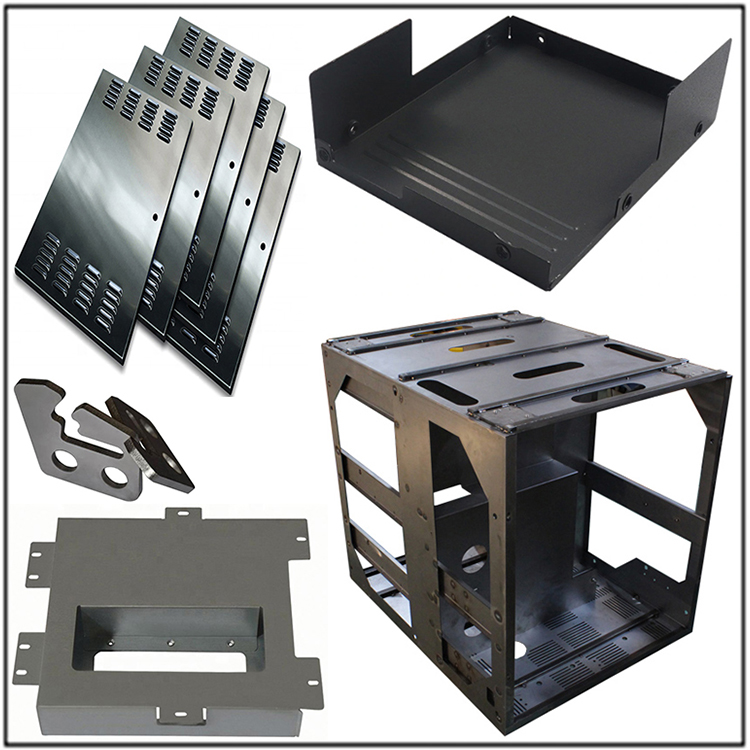
What are the Characteristics of the Metal Stamping Parts
Stamped parts are thin metal parts that can be processed through stamping, bending, stretching, and other methods. A general definition is parts with constant thickness during the processing. Correspondingly, there are castings, forged parts, machined parts, etc. For example, the outer iron shell of a car is a sheet metal part, and some cabinets made of stainless steel are also sheet metal parts.
Stamping parts have not yet had a relatively complete definition. According to a definition in a foreign professional journal, it can be defined as: sheet metal is a comprehensive cold working process for metal sheets (usually below 6mm), including cutting, punching/cutting/composite, folding, welding, riveting, splicing, forming (such as automotive bodies), etc. Its notable feature is the consistent thickness of the same component. Explanation of the 5th edition of the Modern Chinese Dictionary: Verb for processing metal sheets such as steel plates, aluminum plates, and copper plates. Simply put, stamping parts are a type of automotive repair technology that involves repairing the deformed parts of a car's metal casing, such as a dent in the body shell, using sheet metal to restore it to its original state.
Generally speaking, the basic equipment of stamping parts factories includes shearing machines, CNC punching machines/lasers, plasma, water jet cutting machines/combination machines, bending machines, as well as various auxiliary equipment such as unwinding machines, leveling machines, deburring machines, spot welding machines, etc.
Usually, the three most important steps in stamping factories are cutting, punching/cutting, and folding.
Stamping parts are sometimes also called plate metal, which comes from the English word plate metal. Generally, some metal sheets are stamped by hand or mold to produce plastic deformation, forming the desired shape and size, and can be further welded or processed with a small amount of mechanical processing to form more complex parts, such as chimneys, iron furnaces, and car shells commonly used in households.
Stamping processing is called sheet metal processing. For example, using sheet metal to make chimneys, iron drums, oil tanks and pots, ventilation ducts, elbow heads, sky gardens, funnel-shaped structures, etc., the main processes are cutting, bending edges, bending forming, welding, riveting, etc., which require a certain amount of geometric knowledge.
Stamped parts are thin metal parts that can be processed through stamping, bending, stretching, and other methods. A general definition is parts with constant thickness during the processing. Correspondingly, there are castings, forged parts, machined parts, etc. For example, the outer iron shell of a car is a sheet metal part, and some cabinets made of stainless steel are also sheet metal parts.
Modern sheet metal technology includes: filament power winding, laser cutting, heavy-duty processing, metal bonding, metal drawing, plasma cutting, precision welding, roll forming, metal sheet bending forming, die forging, water jet cutting, precision welding, etc.









